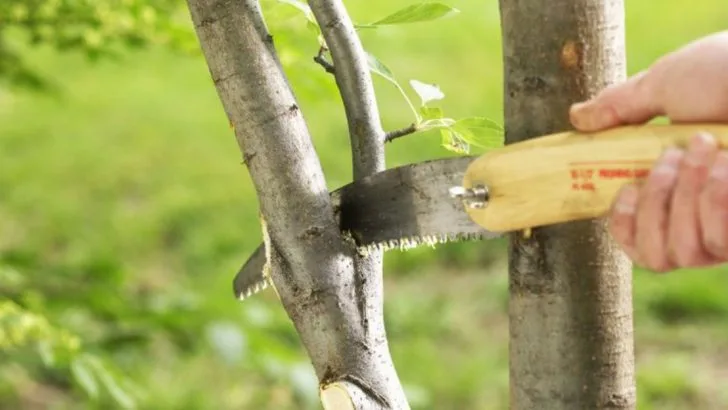Spring’s on thin ice—one frost away from heartbreak! Early May in Zone 4 is a rollercoaster. It teases with golden sunbeams and soft soil that begs to be dug… then slams in a surprise freeze that withers new shoots. One misstep now echoes in July’s chaos. Roll up your sleeves… Let the soil breathe with fresh compost and light tilling… Plant cool-season stars like peas, lettuce, and hardy herbs… Prune spring-bloomers right after the show… Sharpen your tools like they’re battle-axes… And shelter tender seedlings under row covers for frost dodging. But banish the warm-weather wishlist for now. Hold off on tomatoes, peppers, and sun-loving annuals. Skip heavy fertilizer binges… Ignore the urge to divide overcrowded perennials… Resist yanking winter mulch too early. Master these 12 early-May tasks—and avoid 8 late-spring pitfalls—to lock in a season of lush success.
Plant Cool-Season Vegetables
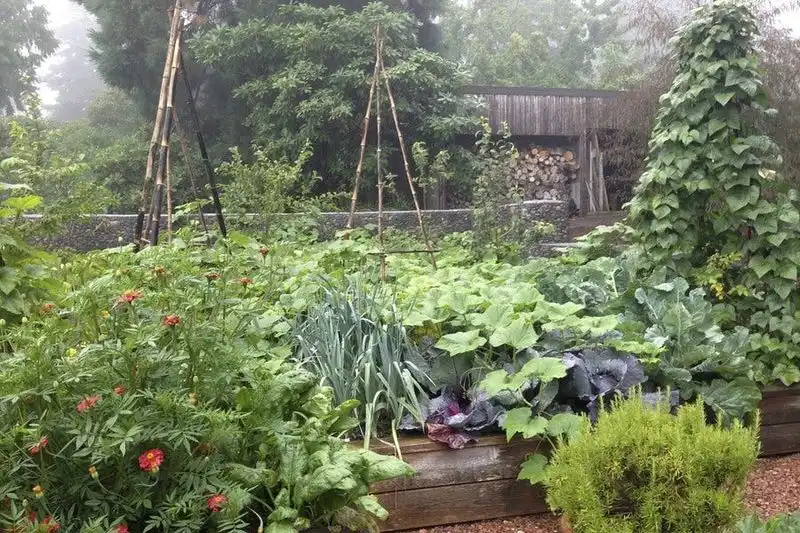
The beginning of May is an ideal time to plant cool-season vegetables like lettuce, spinach, and peas. These hardy plants thrive in the cooler temperatures and can withstand a light frost, making them perfect for Zone 4 gardens.
Begin by preparing your soil with organic matter to ensure nutrient-rich conditions for your seedlings. Sow the seeds directly into the ground for a more robust growth.
Remember to water consistently, but avoid overwatering to prevent root rot. This is your chance to enjoy a bountiful early harvest before summer heat sets in.
Prune Spring-Flowering Shrubs
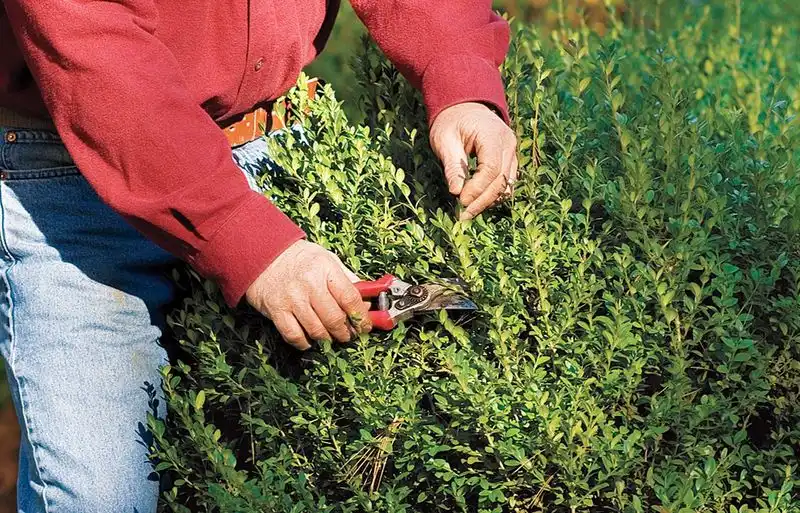
Early May is the perfect time to prune spring-flowering shrubs, such as lilacs and forsythias, right after their blooms fade. By doing so, you encourage a healthier growth and more prolific flowering next year.
Use sharp pruning shears to make clean cuts, removing dead or diseased branches first. This not only helps in shaping the shrub but also improves air circulation.
Remember, proper pruning is like a fresh haircut for your plants—it revitalizes and prepares them for future growth.
Divide Perennials
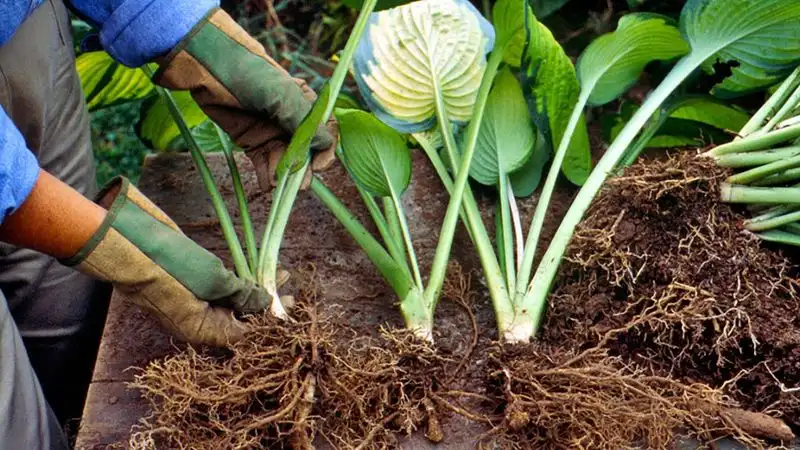
Dividing perennials in early May ensures they have enough space to grow and bloom beautifully. Plants like daylilies and hostas benefit greatly from this practice, as it rejuvenates them.
Carefully dig up the clumps and separate them with a sharp spade. Replant them in a new location or share them with fellow garden enthusiasts.
This process not only curbs overgrowth but also enhances the overall health of your garden, ensuring vibrant displays throughout the growing season.
Start a Compost Pile
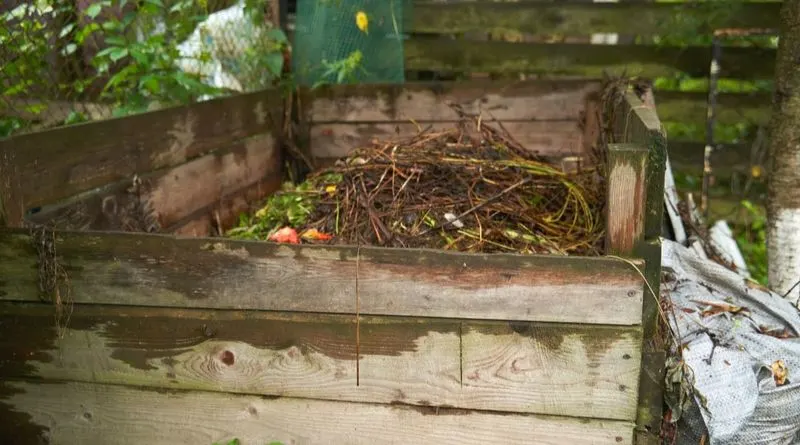
Composting is a sustainable way to enrich your garden, and May is a fantastic time to start. Gather kitchen scraps, grass clippings, and leaves to create a balanced compost pile.
Layer green and brown materials to ensure proper aeration and decay. Turn the pile regularly to speed up the decomposition process.
In a few months, you’ll have nutrient-rich compost to feed your plants, reducing the need for chemical fertilizers and promoting a healthier, greener garden.
Plant Trees and Shrubs
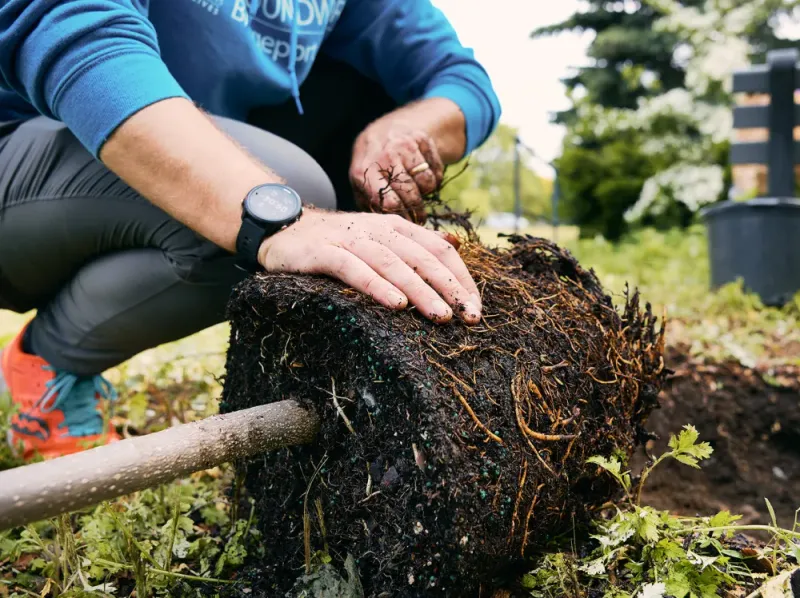
The cooler temperatures of early May are perfect for planting trees and shrubs. The soil is workable, and the risk of frost is diminishing, allowing roots to establish before summer heat.
Choose native species well-suited to your local climate for best results. Dig a hole twice the width of the root ball and plant at the correct depth.
Water thoroughly after planting to help settle the soil and remove air pockets, ensuring a healthy start for your new additions.
Fertilize Lawns
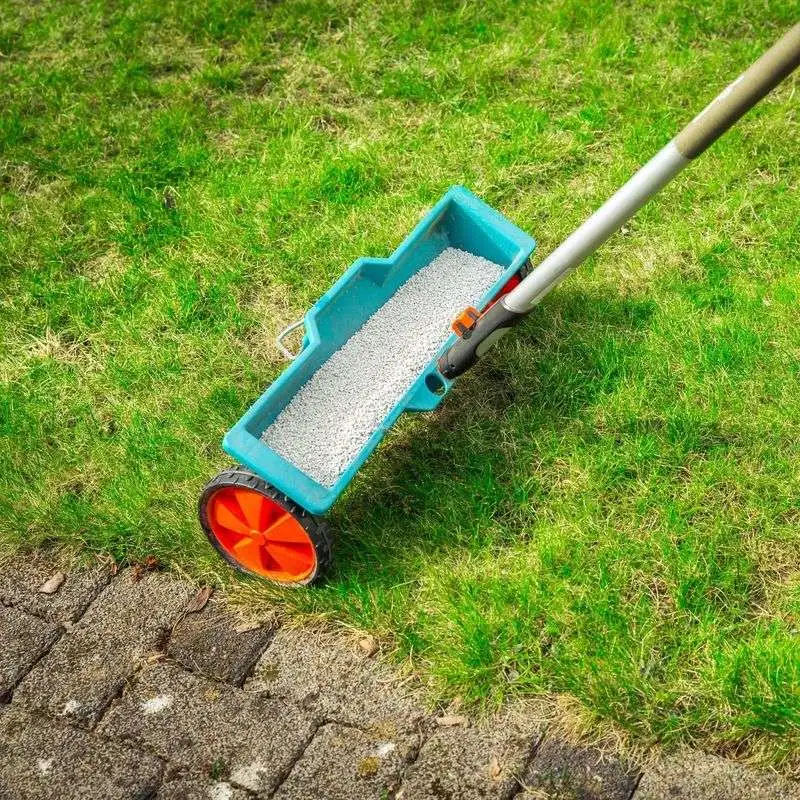
Early May is an ideal time to fertilize lawns in Zone 4, as grass begins to grow rapidly. A balanced, slow-release fertilizer can provide essential nutrients to promote healthy growth and rich greenery.
Apply the fertilizer evenly with a spreader to avoid patchiness. Water thoroughly after application to help the nutrients seep into the soil.
Regular fertilization not only enhances the lawn’s appearance but also strengthens its ability to resist pests and diseases.
Install Mulch
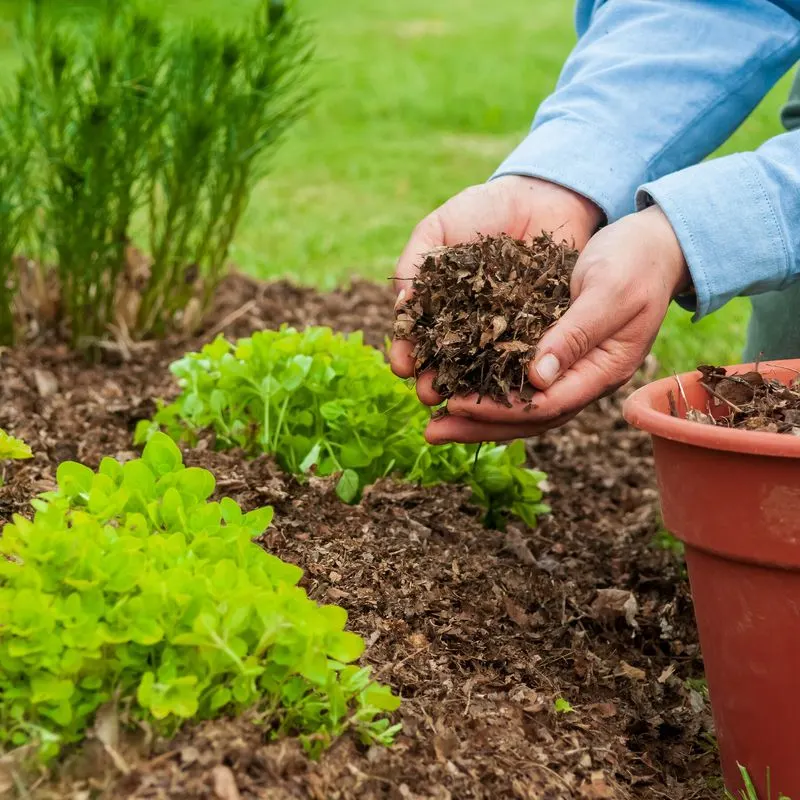
Mulching flower beds in early May is a smart way to conserve moisture and suppress weeds. A 2-3 inch layer of organic mulch, like wood chips or straw, works wonderfully.
Spread evenly around plants, ensuring not to cover the base of stems to prevent rot. Not only does mulch add aesthetic appeal, but it also helps regulate soil temperature.
This simple task can lead to healthier plants and less maintenance throughout the growing season.
Direct Sow Annual Flowers

May is the right time to direct sow hardy annual flowers like marigolds and zinnias in Zone 4. These flowers add vibrant color and attract pollinators to your garden.
Choose a sunny spot and prepare the soil by removing weeds and adding compost. Sow the seeds directly and cover lightly with soil, watering gently to settle them in.
With the right conditions, you’ll soon enjoy a burst of color and a lively garden buzzing with activity.
Check Irrigation Systems
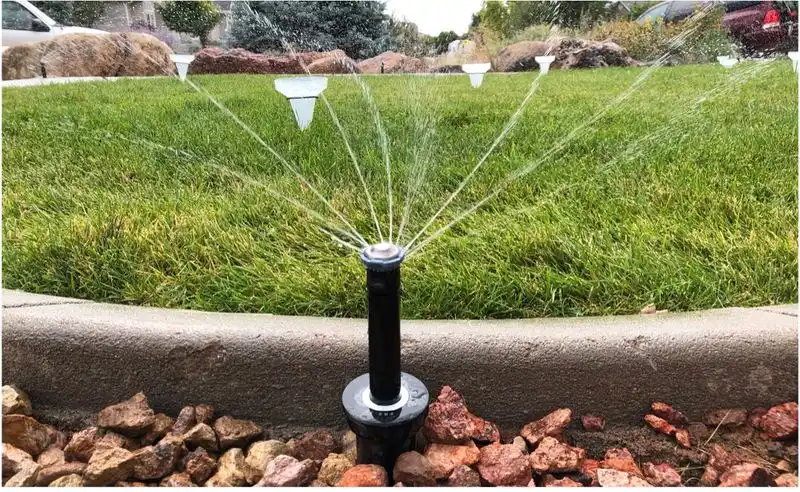
Ensuring your irrigation system is in top shape at the start of May can save water and enhance plant health. Check for leaks, clogged emitters, and ensure even coverage across the garden.
Adjust timers to accommodate changing weather conditions and plant needs. A well-maintained system delivers water directly to roots, reducing evaporation and runoff.
By being proactive, you can ensure your garden stays hydrated and thrives throughout the growing season.
Plant Strawberries
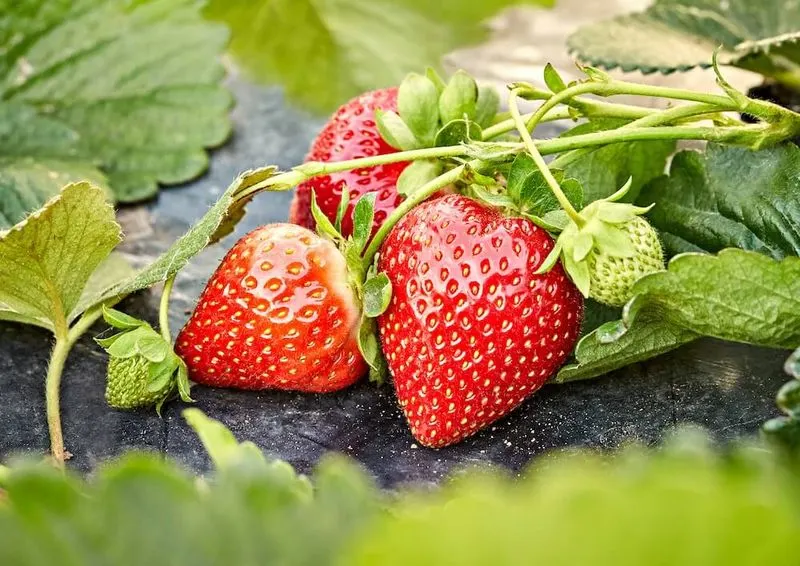
Strawberries are a delight to grow, and early May is a fantastic time to plant them. Choose a sunny location and well-drained soil for optimal growth.
Plant the seedlings at the correct depth and space to allow for ample air circulation. Regular watering and mulching can help retain soil moisture and prevent weeds.
With proper care, you’ll enjoy sweet, juicy strawberries throughout the summer months, perfect for fresh eating or preserving.
Check for Pests
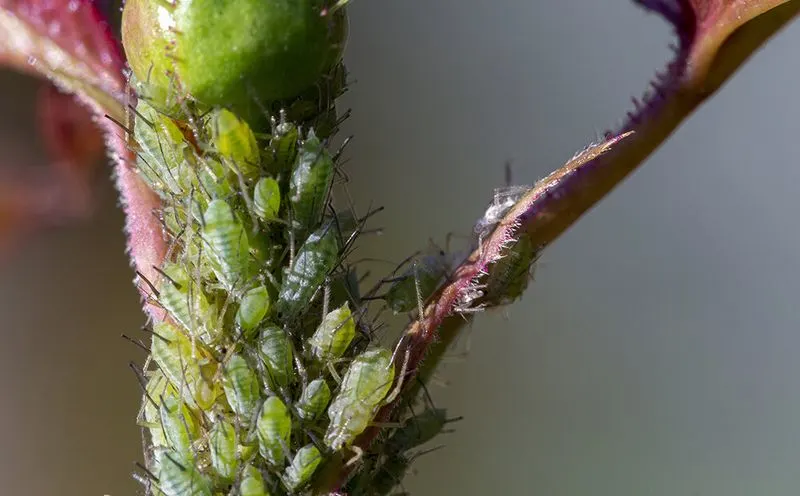
May is the time to start vigilant pest checks in your garden. Common pests like aphids and slugs can quickly become problematic if left unchecked.
Regular inspections can prevent infestations before they become severe. Handpick pests or use organic controls like neem oil or diatomaceous earth as needed.
By staying ahead of the game, you can protect your plants and ensure a thriving garden environment.
Avoid Planting Warm-Season Vegetables
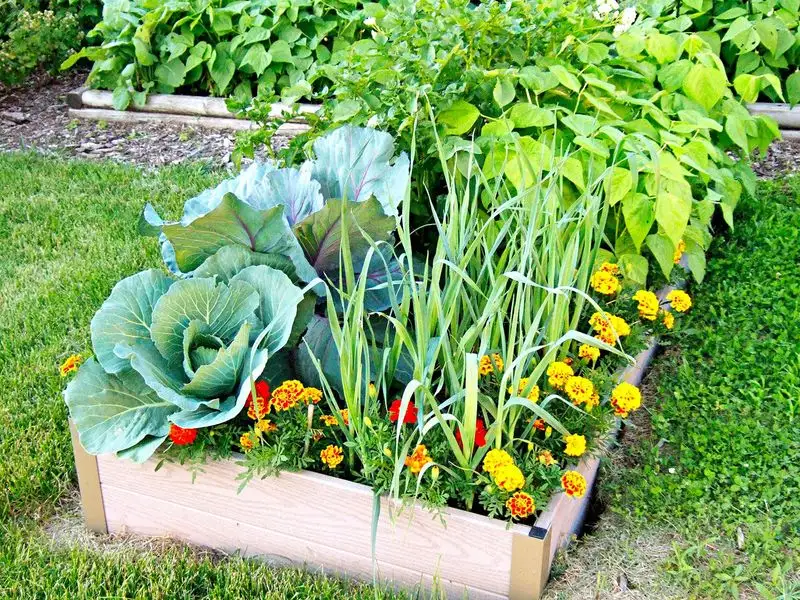
In Zone 4, early May is too soon to plant warm-season vegetables like tomatoes and peppers. The soil and air temperatures are not yet ideal, risking plant shock or death.
Instead, focus on preparing your garden beds. Use row covers to warm the soil or start these vegetables indoors if you haven’t done so already.
By waiting until June, you’ll provide a better environment for these sun-loving plants to thrive.
Avoid Pruning Roses
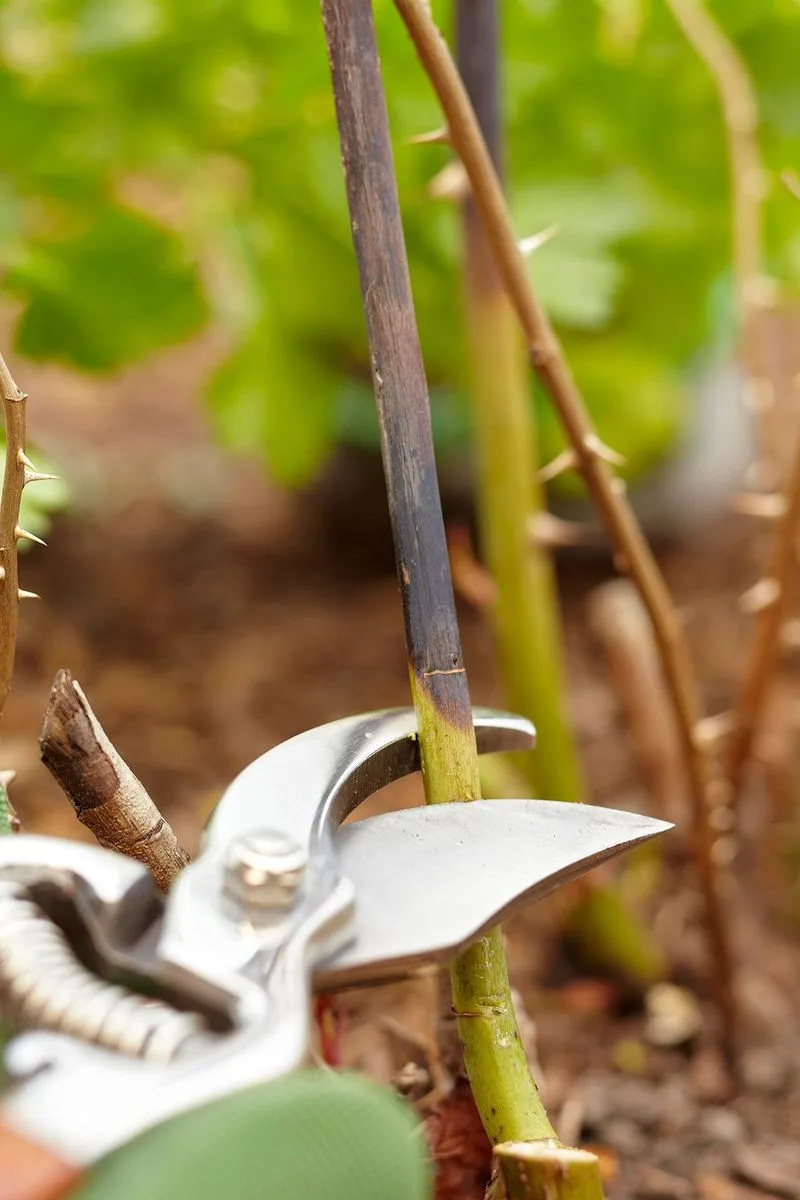
Although it might be tempting, avoid pruning roses in early May. New growth from late spring can be damaged by unexpected frosts, weakening your plants.
Instead, focus on removing dead wood only. Wait until June when the risk of frost passes to properly prune and shape your roses.
This patience will pay off, rewarding you with a stunning display of blooms in the summer months.
Avoid Planting Frost-Tender Annuals
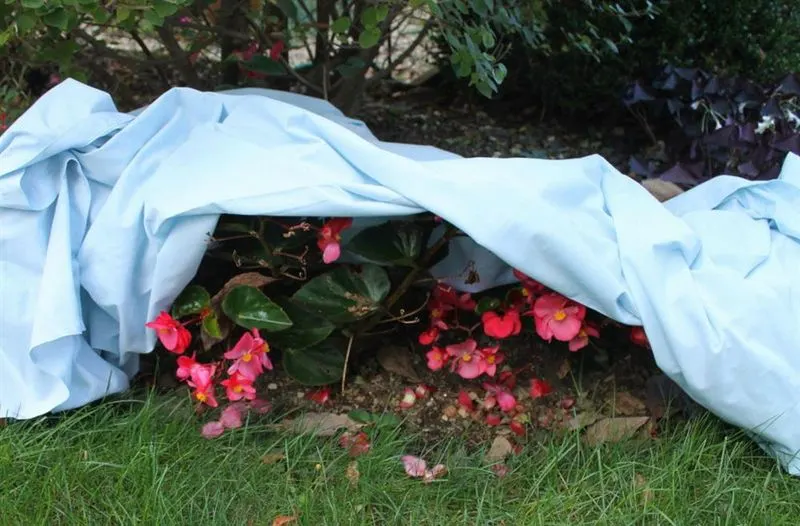
Frost-tender annuals, such as petunias and impatiens, should not be planted in early May in Zone 4. These delicate flowers cannot withstand chilly nights and may suffer.
Instead, keep them in pots or sheltered areas until temperatures rise consistently. Use this time to prep planting areas by enriching the soil and removing weeds.
By waiting until June, you’ll ensure these annuals flourish, providing color and beauty all season long.
Avoid Overwatering
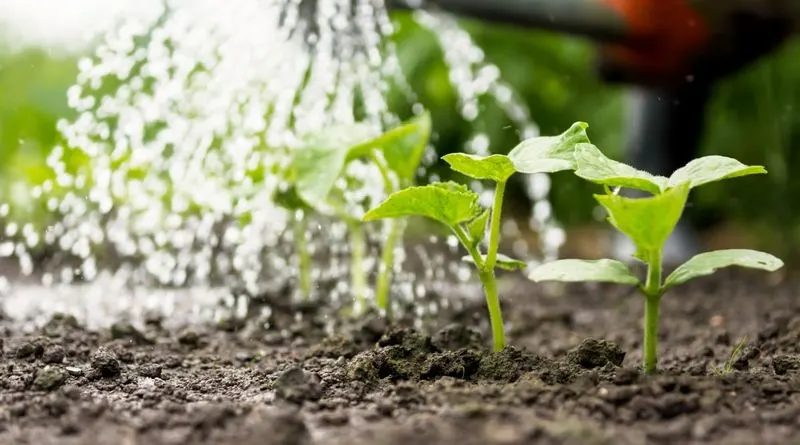
Early May can be deceptive with its cooler temperatures, leading gardeners to overwater their plants. Excess moisture can harm plant roots, encouraging rot and disease.
Monitor rainfall and adjust watering accordingly. Ensure soil drains well and water only when needed. Checking soil moisture levels can prevent overwatering.
By practicing restraint, you’ll maintain healthier plants and conserve water resources.
Avoid Heavy Pruning of Trees

Heavy pruning of trees in early May is generally discouraged. Trees are beginning their growth phase, and heavy pruning can stress them, affecting overall health.
Focus on removing dead or broken branches only. By waiting until the trees are dormant in late fall, you can perform more extensive pruning tasks.
This approach ensures trees remain robust and continue to provide shade and beauty.
Avoid Using Chemical Pesticides

Chemical pesticides can be tempting to use, but early May is not the best time for application. Beneficial insects are active, and chemicals can harm these garden allies.
Opt for natural pest control methods, such as introducing beneficial insects or using organic sprays. These methods are safer for both your garden and the environment.
By avoiding chemicals, you foster a balanced ecosystem and healthier plants.
Avoid Walking on Wet Soil
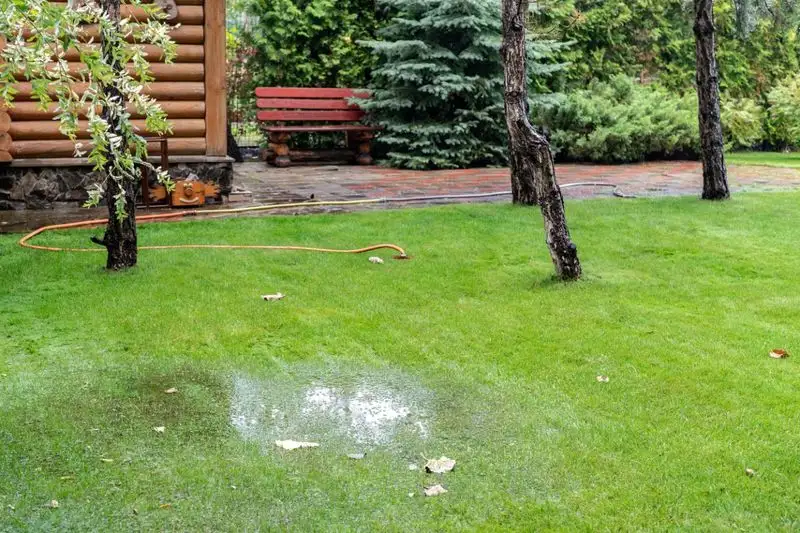
Wet soil is vulnerable in early May, and walking on it can cause compaction, hindering root growth and drainage.
If your garden is soggy, stick to pathways or wait until the soil dries out before working. Compacted soil can stifle plant development and reduce productivity.
By being mindful, you support a thriving garden environment.
Avoid Planting Bulbs
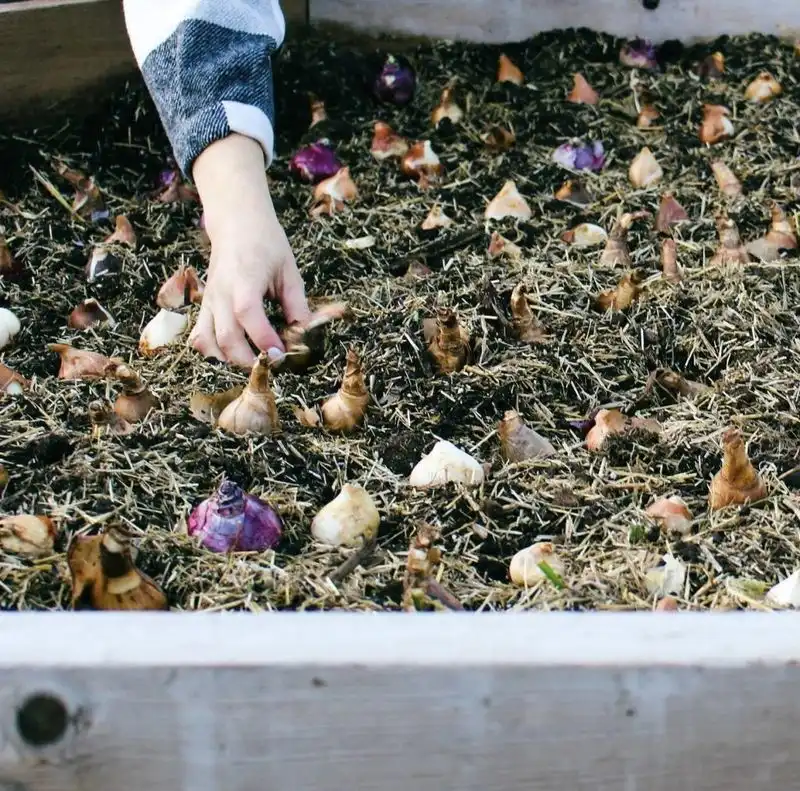
Planting bulbs in early May is not advisable in Zone 4. This timing doesn’t align with their natural growth cycle, potentially leading to poor performance.
Instead, plan to plant bulbs in the fall, giving them the necessary cold period to thrive. This ensures vibrant blooms come springtime.
By following nature’s cue, you’ll enjoy a colorful garden when winter ends.
Avoid Heavy Fertilization
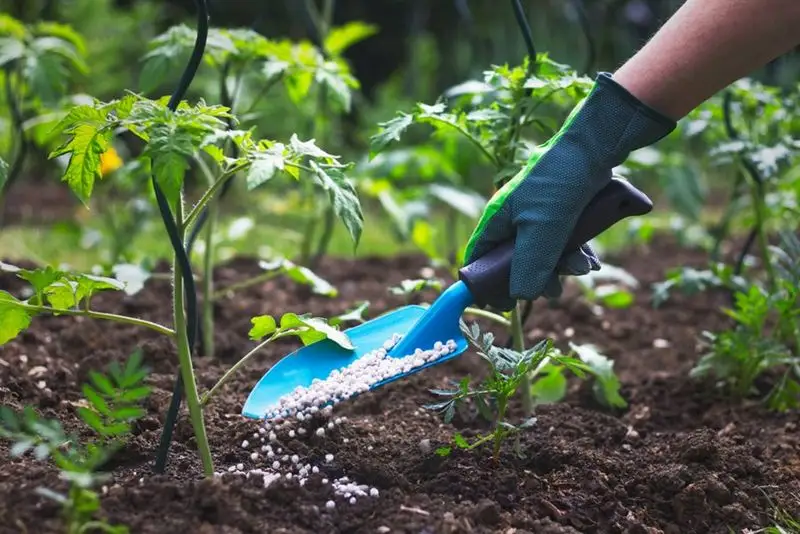
Heavy fertilization in early May can lead to excessive leafy growth at the expense of flowers and fruit. Plants are just beginning to wake up, and gentle feeding is more appropriate.
Opt for a mild, balanced fertilizer to support steady growth without overwhelming your plants.
This careful approach promotes a well-balanced and thriving garden throughout the season.

